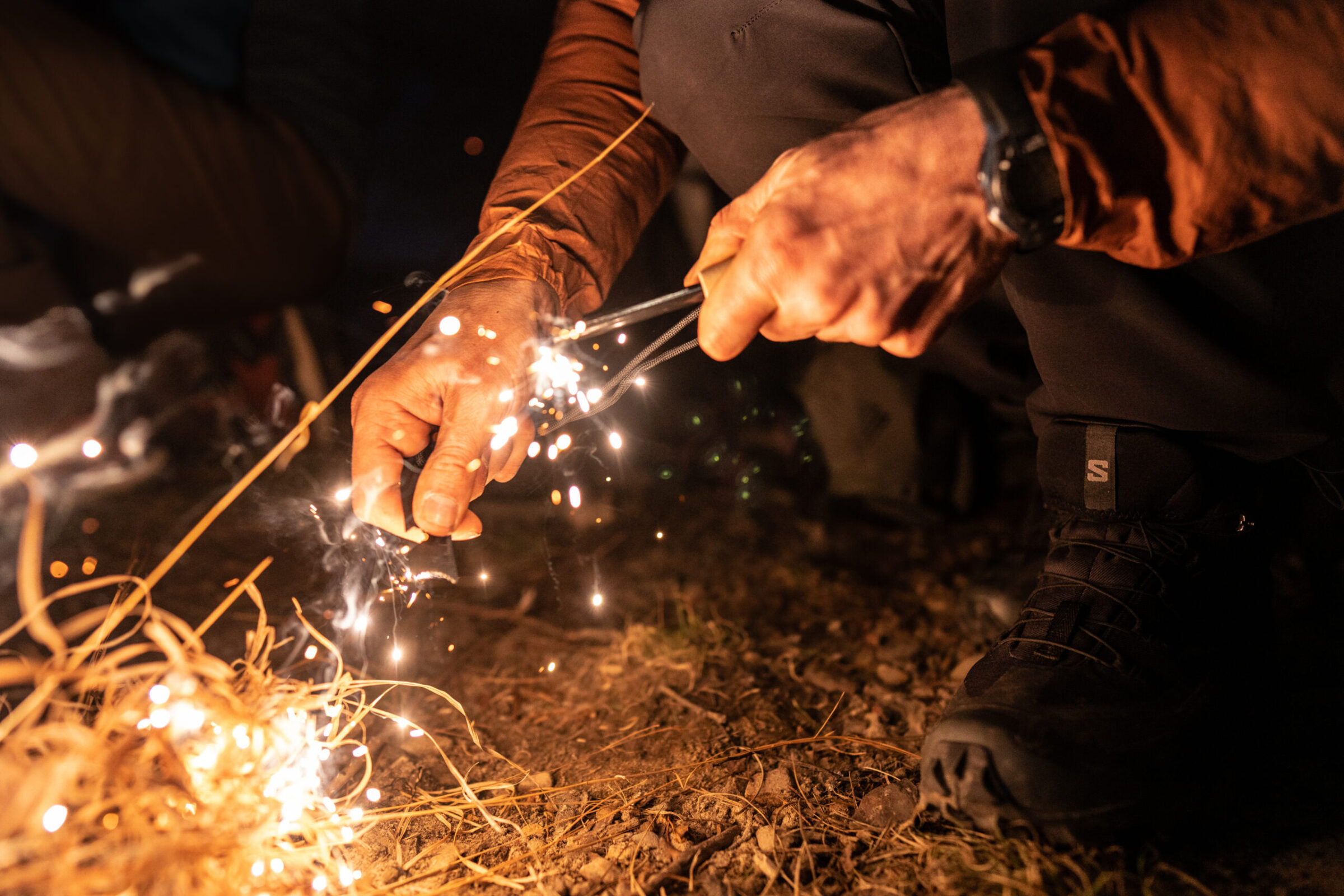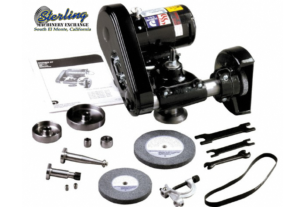Are you a camping enthusiast or a survivalist? One of the crucial things you need to know is how to start a fire. A fire tool is essential for this task, but with so many options available, it can be overwhelming to choose the right one. In this article, we will guide you through everything you need to know about fire tools, including different types, features, and how to use them effectively.
Types of Fire Tools
1. Lighters
The most common type of fire tool is a lighter. They come in various shapes and sizes, from disposable lighters to refillable ones. They are convenient and easy to carry around, making them an ideal choice for outdoor activities. However, they can be affected by wind and moisture, which can make them unreliable in certain conditions.
2. Matches
Matches are another popular fire starting tool. They are cheap and readily available in most stores. Compared to lighters, matches are more reliable in windy conditions and can work even when wet. However, they can be easily damaged if not stored properly.
3. Ferrocerium Rods
Ferrocerium rods are also known as flint or firesteel rods. They consist of a mixture of metals that produce a spark when struck against a rough surface. Ferrocerium rods are durable and work well in all weather conditions. They require some practice to use effectively but are an excellent choice for survival situations.
4. Magnesium Fire Starters
Magnesium fire starters consist of a block of magnesium that produces shavings when scraped with a knife or other sharp object. The shavings ignite quickly when exposed to sparks from a ferrocerium rod or other sources. Magnesium fire starters are lightweight and reliable but require some skill to use effectively.
5. Fire Pistons
Fire pistons use compression to create heat and ignite a small piece of tinder. They are more challenging to use than other fire starting tools but are reliable in wet or windy conditions.
Features to Consider
When choosing a fire tool, there are several features to consider:
1. Durability: A good fire tool should be durable and able to withstand harsh outdoor conditions.
2. Size and Weight: The size and weight of a fire tool can impact its portability and convenience.
3. Ease of Use: Some fire starting tools require more skill and practice than others.
4. Weather Resistance: Consider if the fire tool is waterproof or windproof.
5. Price: Fire starting tools come at different price points, so consider your budget before making a purchase.
Using Fire Tools Effectively
Now that you have chosen the right fire tool, it’s time to learn how to use it effectively. Here are some tips:
1. Prepare Your Tinder: Before lighting a fire, prepare your tinder by gathering dry leaves, twigs, and other materials that will easily catch fire.
2. Create a Fire Lay: Arrange your tinder in a pyramid shape with enough space for air to circulate around it.
3. Use Your Fire Tool: Depending on the type of fire tool you are using, strike a spark or scrape shavings onto your tinder pile until it ignites.
4. Add Fuel: Once your tinder is burning steadily, gradually add larger sticks and logs to build up your fire.
Safety Tips
When using fire tools, it’s essential to follow safety precautions to avoid accidents:
1. Choose a Safe Location: Always start fires in designated areas or clear out any flammable debris around the area where you plan to light the fire.
2. Keep Water Nearby: In case of an emergency, always keep water nearby to put out the flames quickly.
3. Do Not Leave Fires Unattended: Never leave fires unattended as they can quickly get out of control.
4. Extinguish Fires Completely: Before leaving, make sure to extinguish the fire completely by pouring water over it and stirring the ashes.
Conclusion
A fire tool is a must-have for anyone who enjoys outdoor activities or wants to be prepared for survival situations. There are various types of fire tools available, each with its unique features and benefits. When choosing a fire tool, consider factors such as durability, size and weight, ease of use, weather resistance, and price. Remember to follow safety precautions when using fire tools to avoid accidents.
Wiki Reference: https://en.wikipedia.org/wiki/Fire_starter




